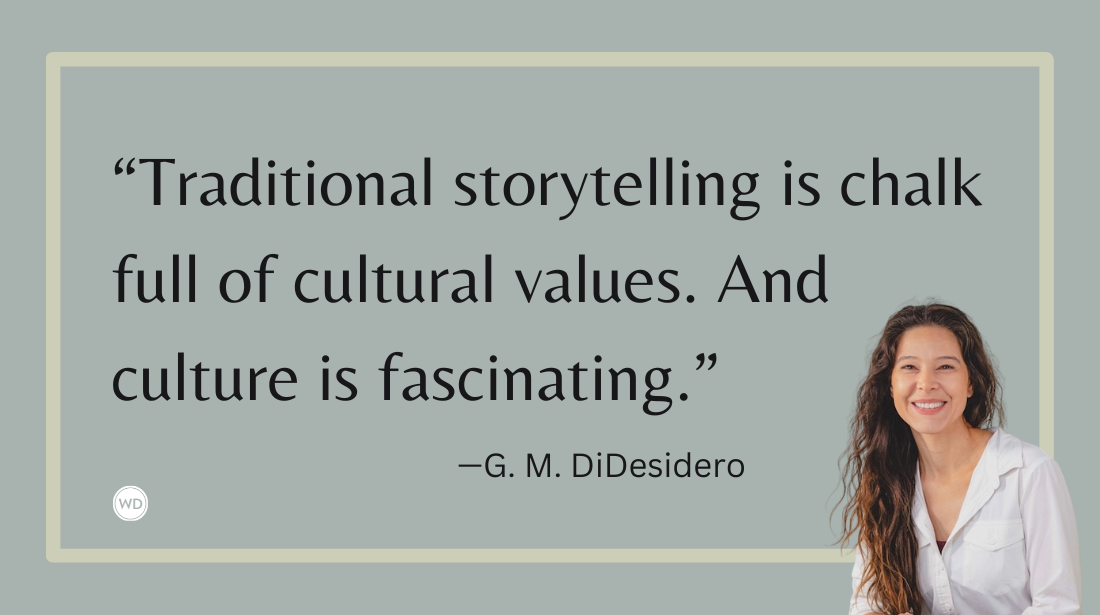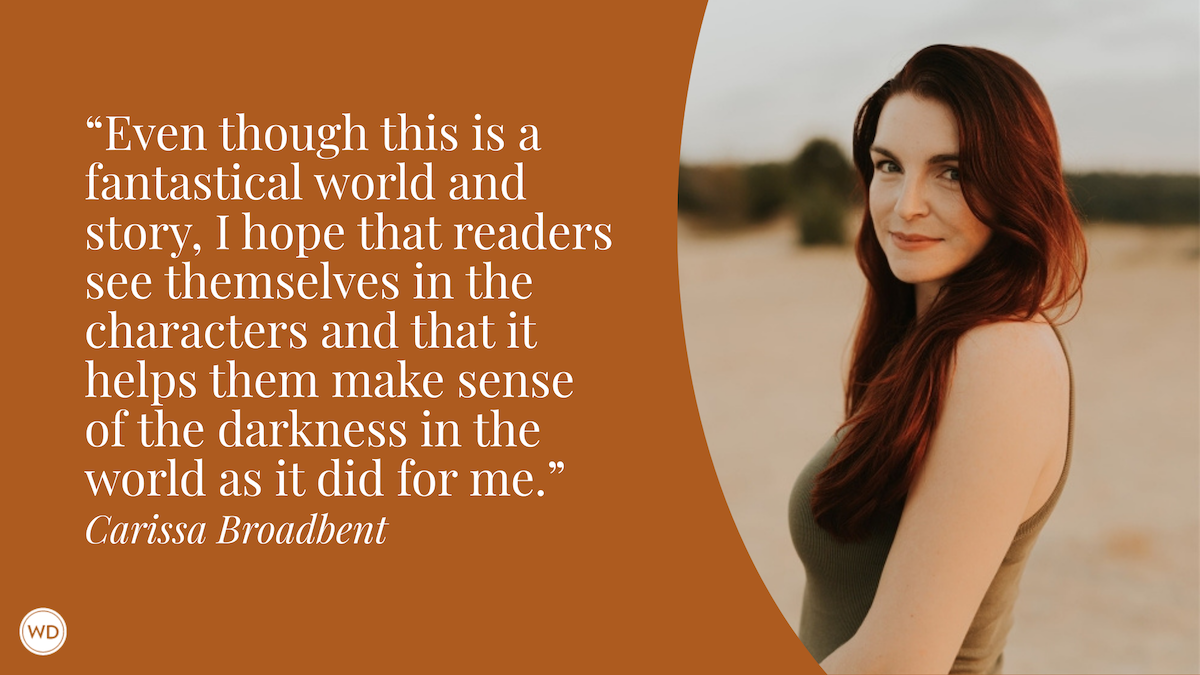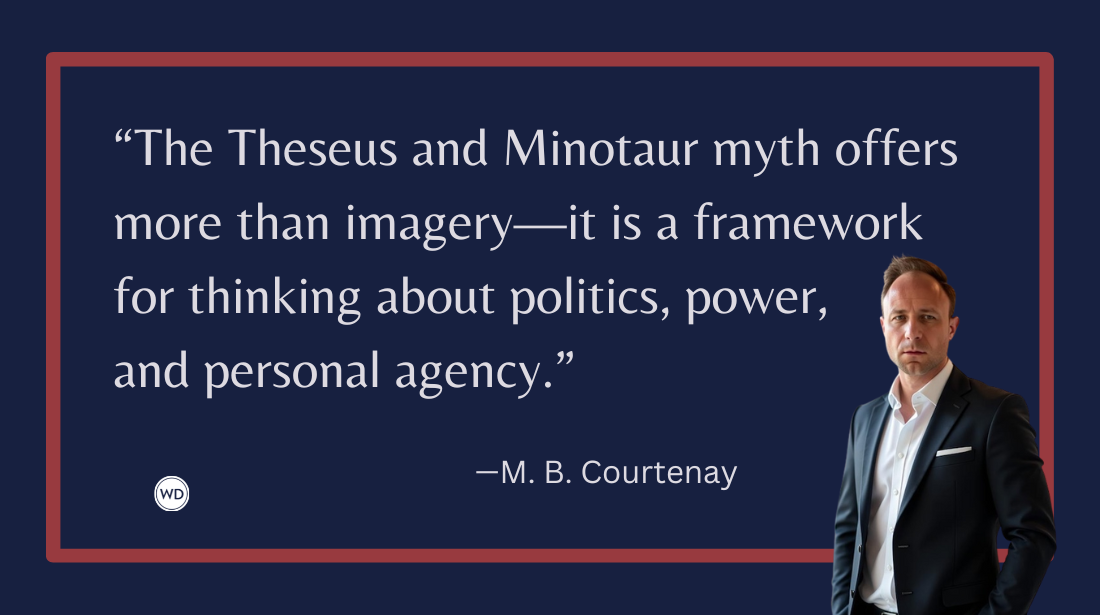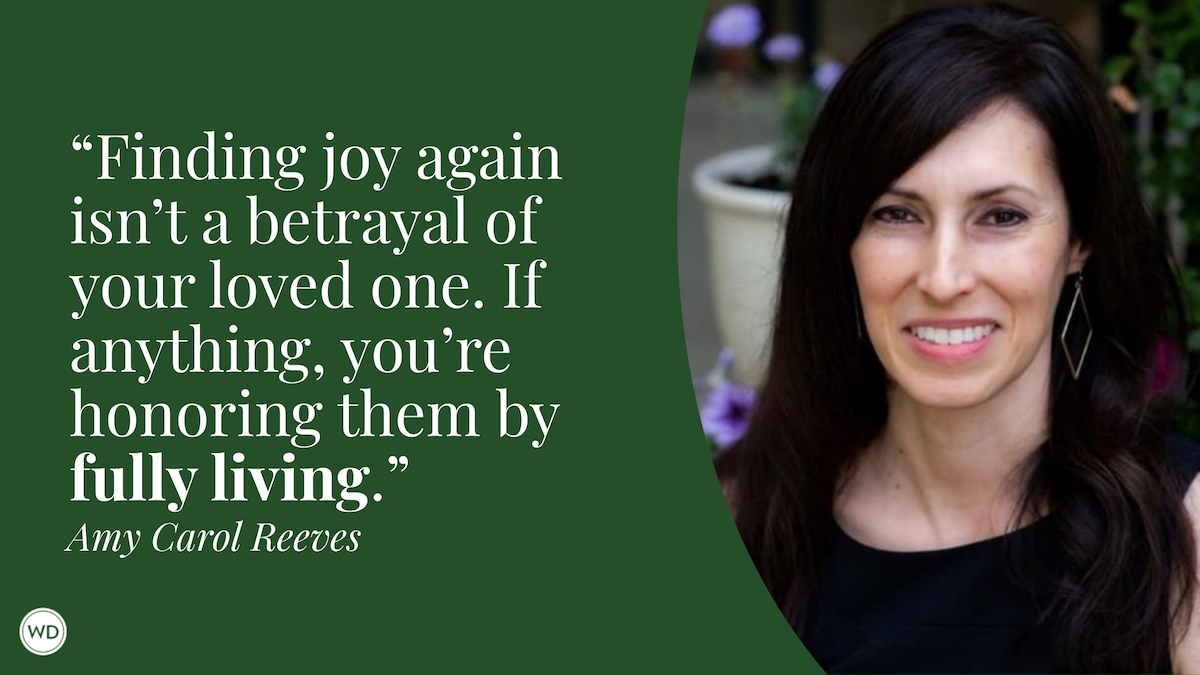Counseling the Page: Writing Small-Town Teens With Authenticity and Heart
Author and former school counselor Pamela N. Harris breaks down her process for writing small-town teens with authenticity and heart.
Yeah, but you’re different, Ms. Harris.
Those are the words one of my students said to me during my early years as a school counselor, and that moment stuck with me. The student was having an issue with a teacher, and we were discussing how he might resolve it. I suggested speaking to the teacher one-on-one after class, and the student informed me that adults never listened to him.
“I’m listening to you,” I said to him.
“Yeah, but you’re different, Ms. Harris.”
Though I wanted to help this student improve his relationship with his teacher and, thus, his experience in that class, I couldn’t help but feel a bit of pride in that instant. He recognized that I was one of the few trusted adults in his life that recognized the complexity of being a teen—the push and pull of wanting to be independent but also needing to be heard. I think about this moment often when writing my YA novels.
Before I was a published author, I worked as a middle school counselor in a small, rural county in Virginia. My tiny office used to be a storage closet, yet I made it a safe space for students to grieve a loss, question their sexual identity, or even to just be without being misunderstood. Those sessions with students gave me access to the emotional worlds of teens—I was able to see them without their masks. I tap into that former access when crafting my characters.
Let me be the first to tell you—the teens that I write are not perfect. Sometimes they’re impulsive, other times they’re guarded. Sometimes they strut around full of confidence, when there’s a swarm of insecurities buzzing beneath the surface. And guess what? The same goes for real teens, too. As a school counselor, I learned that there was always something lurking behind the behavior of my students. The shy student might be battling anxiety. The “mouthy” student might have to take on a parent role at home. The student always requesting to go see the nurse might be dealing with unresolved trauma that manifests through physical pain. I learned as a school counselor to always ask myself, “What is this behavior trying to meet.” I ask the same question when creating my characters.
Small-town dynamic adds another level of nuance. As a former city girl who also grew up on military bases, driving behind pig trucks on the way to work was a novel experience. I quickly learned that everyone in the community knew each other—or at least thought they did. I learned that certain last names carried weight, or even stigma. I learned if an older sibling was a success, there was an undeniable amount of pressure on the younger one—even more so if that older sibling made mistakes. Secrets and gossip traveled faster than actual facts. The teens in this community towed the line of wanting to be seen for who they were but not being able to escape where they came from.
My second YA novel, This Town is on Fire, takes place in a small, rural town, not unlike the one in which I worked almost a decade as a school counselor. It follows a Black teen named Naomi, whose white best friend goes viral after calling the cops on two Black guys. The story idea occurred to me during the pandemic, when so-called “Karen” videos were at its peak. I couldn’t help but wonder, “What if something like this happened at my old school? What would it do to that tightknit community?”
To realistically and respectfully portray how my teen characters came of age in their small community, here are a few guiding principles I applied that might be helpful to other writers.
Engage in Active Listening.
If you want to write about teens, you have to spend some time in their world. My time working as a school counselor was a gold mine in listening and observing. Now, I read their interviews, watch their TikToks, or simply observe how they engage in safe spaces. I try not to copy their slang, but to take note of their emotional rhythms.
Dodge the Tropes.
Don’t get me wrong, I love a good trope, especially when reading horror and romance. However, when writing about and for teens, I think it’s essential to acknowledge that we’ve moved beyond the silos of nerds, jocks, and burnouts from the classic teen movies of the 1980s. Teens are filled with contradictions. The captain of the football team can also be a theater geek. The “burnout” can also be the smartest kid in the school. Naomi in This Town is on Fire is not the strongest student, but she’s a heck of a dancer and still plans on going to college. Consider these paradoxes to build a well-rounded character (and have fun with it!).
Show Power Imbalances.
I write a lot about power and privilege in This Town is on Fire. Not only is Naomi figuring out her own racial identity after her best friend’s viral scandal, but the discrepancies between their socioeconomic statuses begin to take the forefront of their friendship (after all, they met because Naomi’s mother worked as her best friend’s nanny). However, power imbalances exist everywhere when writing about teens, from the social dynamics between their peers to the complex relationships they have with the adults in their lives. These imbalances can add a lot of conflict to the page when handled with care.
Give Them Agency.
Take a moment to think about when you were a teenager. Did you do everything just perfectly? Made all the “right” choices? Even if you were a self-appointed “goody two shoes,” there had to have been at least one rule you broke (personally, I’ve been known to skip lunch in favor of gummies and a candy bar). We shouldn’t expect anything more from our teen characters. They are supposed to make mistakes. In fact, their mistakes are what make their stories more interesting. Naomi made a couple of missteps when dealing with the aftermath of her best friend’s viral video, and those missteps had severe consequences. If your character’s choices make sense to who they are as a person, let them stumble.
Though I’m no longer a school counselor, I currently teach and train aspiring school counselors. I always tell my trainees that a major part of being a school counselor is to advocate for their students to be seen and heard. I do the same as a writer. Writing YA fiction is more than just capturing the adolescent voice; it’s also about honoring it. It’s about taking that metaphorical storage closet and turning it into a tiny, safe space where teens can be messy, courageous, and contradictory.
Teens don’t need to read about perfect characters. They need to read about characters who are seen and heard. And they need the authors who write about them to be different enough to showcase that.









